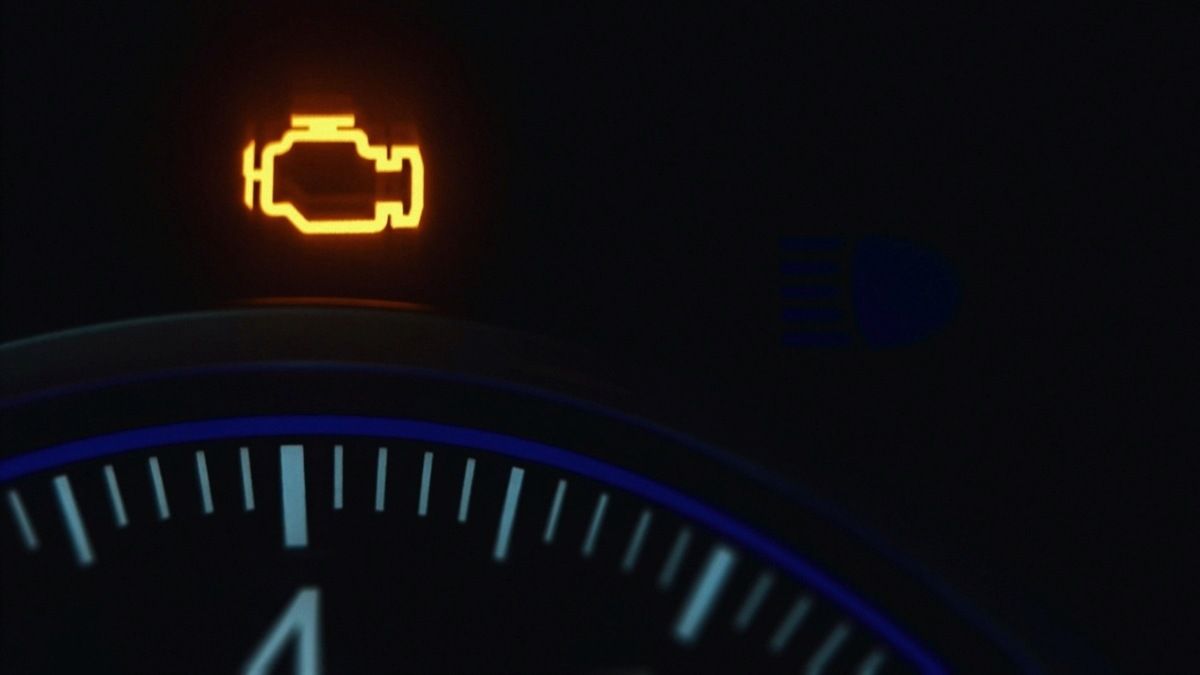One of the most common mistakes car owners make is immediately misdiagnosing what the problem is with their car and jumping on it with a repair manual in one hand and a wrench in the other, confident that he or she knows what the problem is and begin taking repairs into their own hands.
Firing the Parts Cannon
Which is understandable. Especially if you have memories of watching your old man cleaning and replacing spark plugs every time the family car started acting up. Or more recently, that guy next door switching plugs and coils around because he saw it on a YouTube video and has an inkling of what could be going on.
Related article: Spark Plug Car Maintenance Mistakes Many Car Owners and Service Centers Make
If your old man or neighbor were lucky, that repair or fix they are about to perform is the correct procedure and maybe even one outlined in the early part of a diagnosis/troubleshooting flow chart pinpointing the possible causes of a check engine light problem.
However, equally possible and probable is that you will find yourself at the beginning stages of firing the parts cannon mistake many car owners (and some mechanics as well) make, hoping something sticks and appears to be the solution to the problem.
That was the message in a recent Toyota Maintenance YouTube channel episode where the host showcases the repairs he is doing on a 2012 Toyota Prius with a check engine light warning and a P-code indicating that something wrong is going on with cylinder number two.
Wrong Diagnosis Right Away
In the video, the host points out that in cases of this particular P-code and the fact that the Prius is in the 2010-2015 generation known of Prius models with leaking head gasket problems and has over 100,000 miles on it, the most likely repair scenario is that of a leaking head gasket where coolant is entering the number two cylinder and causing a detectable misfire by the engine’s computer.
Hence the check engine light warning and the P-code---should you have any one of a number of relatively inexpensive engine diagnostic tools in your toolbox.
Related article: The Biggest Car Maintenance Mistake Car Owners Make That is Absolutely Dangerous
Follow along with the host as he warns viewers that in a scenario such as the one he is demonstrating, a simple test car owners (even non-Prius ones) can do before touching anything else on the engine that makes a lot of sense and can save you the added expense of misfiring the parts cannon.
Spoiler Alert Provided Below
Just in case you do not have the time to discover what the simple test is by watching the video, a spoiler is provided immediately after the video. However, because this is a common problem, the video is a very good Show ‘n Tell of the repair you will have to have done on your vehicle with this problem and thereby forearm you with knowledge that can come in very handy when you pass the problem over to a mechanic.
Simple Test Spoiler
As the host correctly pointed out, in many cases of a misfiring engine (especially in models known to have head gasket problems) noting fluid level changes in your coolant reservoir is a good indication that a leak is occurring somewhere. And if your engine is misfiring as well, it is probable that the coolant is leaking into a cylinder or two.
The lesson here is that part of your maintenance schedule is not to just ensure that you are maintaining your fluid levels, but also take note of what those levels are before topping off and write it down along with the date and mileage so that you will have a baseline to compare against should you observe that you might be losing fluids (e.g. brake, oil, transmission, coolant, et.,) faster than you should.
For additional articles related to diagnosing your car’s problem(s), here are a few for your consideration:
- Exhaust Smoke Diagnosis Explained in Detail
- 3 Simple Tests to Diagnose This Common Used Car Problem
- Why This Toyota Camry is Burning Oil Diagnosis
Timothy Boyer is a Torque News automotive reporter based in Cincinnati. Experienced with early car restorations, he regularly restores older vehicles with engine modifications for improved performance. Follow Tim on Twitter at @TimBoyerWrites for daily news and topics related to new and used cars and trucks.
COMING UP NEXT: EV Owners are Causing an Obesity Epidemic
Image Source: Unsplash





